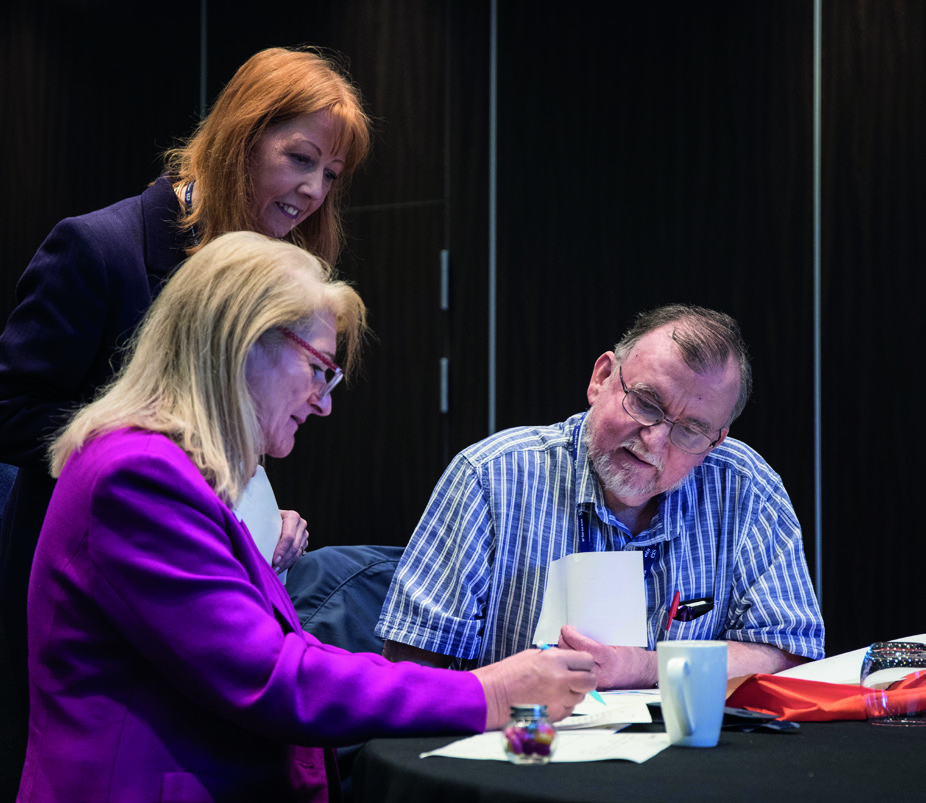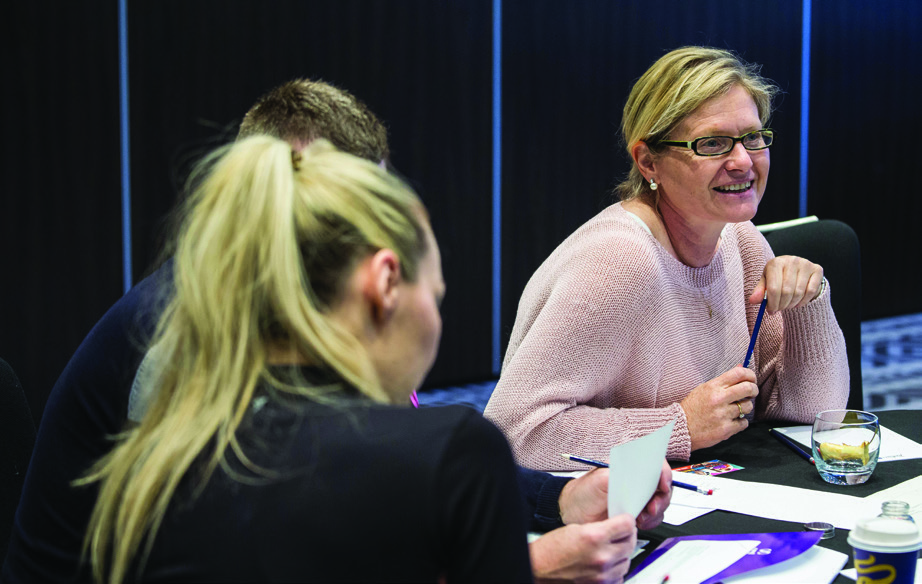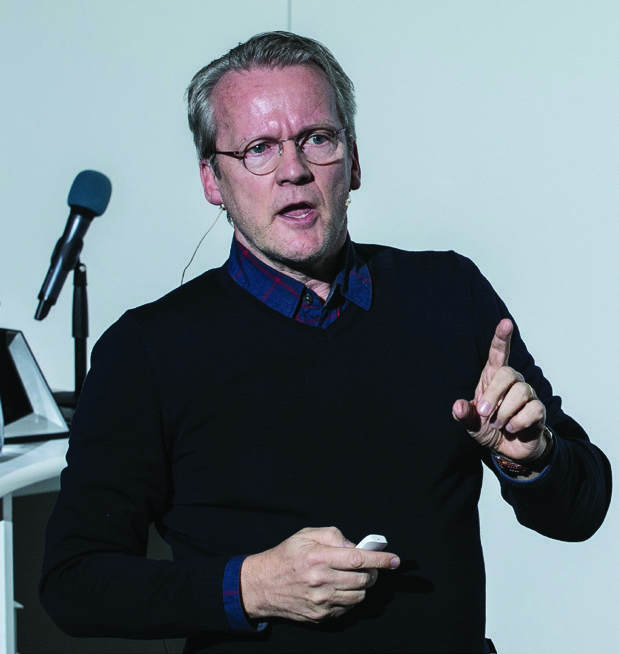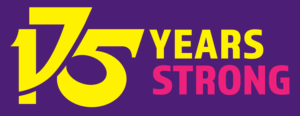Throughout its 175-year history, the EIS has strongly upheld a commitment to the protection and furtherance of teacher professionalism, understanding that this is intrinsic to our identity both as a professional association and as a trade union.
Having taken strike action in the 1960s to secure the creation of the GTCS, the EIS has been a strong voice in shaping professional standards over the years, and a strenuous supporter of those standards once established.
The Institute views the professional standards as an articulation of what it means to be a teacher in Scotland: the values, dispositions and behaviours that teachers expect of themselves and their colleagues.
The bar for entry to the teaching profession in Scotland is rightfully high. This is both a guarantee of quality to learners and a protection for the profession.
That professional standards in Scotland are high is testament to the value placed upon education in Scotland and is a mark of the quality of Scotland’s teachers.
The standards should be viewed as much as an affirmation of the quality and value of the teaching profession as they are a set of aspirations with which to guide the professional learning that the EIS very much sees as an entitlement.
It is for these reasons that the EIS embraced the opportunity presented by new legislation introduced by the Labour government in the early 2000s, to begin recruiting and training learning representatives.
For the very first time, trade-union facility time would be granted to union members who had received accredited training to be able to support their colleagues’ workplace learning.
EIS learning reps became integral to helping members learn and develop individually and collectively within the framework of the professional standards.
This was accompanied by a national offer of professional learning on an array of topics, which has continued to grow in breadth and depth. This recognised the fact that teachers are entitled to career-long professional learning, and the expectation that this will be maintained through engagement with the professional standards.
With the introduction of Professional Update in 2014, following employer-initiated professional review and development processes in the years before, the professional standards and teachers’ interaction with them, as a requirement of remaining on the register of teachers, became a trade-union matter as well as a professional one.


It was not as simple, of course, as a one-time professional association transforming itself into a trade union. The EIS continues to fulfil its functions both as trade union and as professional association. For example, EIS members continue to sit on state organisations and curriculum bodies, and to commission research into aspects of education.
Fulfilling those two separate roles is a balancing act. On the one hand, the union could be involved in major disputes over pay. And, on the other hand, representatives of both sides of that dispute could be sitting on the same curriculum-development board, cooperating on a regular basis. Maintaining this professional collaboration is not always easy, especially during periods of quite intense industrial relations, but it brings a synergy that amplifies the EIS voice in both spheres.
Ronnie Smith, who served as EIS general secretary from 1995 to 2012, remarked that much of the everyday work of a union does not involve high-level pay disputes, or even representing members in courts or tribunals. It’s therefore important, he believes, that the union continues to offer more than professional insurance.
“There’s quite a significant scale of professional development by the union,” he says. “There’s a huge amount of humdrum stuff that every day goes on. That doesn’t take away from the ability of the union to bat very heavily on the traditional side of pay and conditions.
I always thought that the ultimate test is how your membership goes. You’re not obliged to be a member of a union. The fact that consistently around 80 per cent of the teaching population in Scotland is a member of the EIS is testament to how successful we’ve been.”

The 2017 EIS Education Conference ‘Turning up the Volume on Professional Voice’, was part of the EIS response to the Scottish government’s fledgling ‘Empowering Schools’ agenda.
World renowned educationalist, Pasi Sahlberg, agreed to speak at the conference and such was the interest that the EIS had to rebook a bigger venue.
Professor Sahlberg went on to deliver an expansive keynote covering ‘fake news’ related to Finland’s PISA success and recommendations for the future of Scottish education.
He argued that young people’s learning experiences should feature more play, less screen time, and that there should be less homage paid to ‘big data’ and greater value attributed to the ‘small data’ that teachers gather daily to support young people’s learning.
ACKNOWLEDGEMENTS:
Research, interviews and substantive writing:
Adi Bloom
Design and lay-out:
Stuart Cunningham and Paul Benzie
Additional writing and research:
EIS Comms Team and assorted staff members
Printed by:
Ivanhoe Caledonian, Seafield Edinburgh
Photography:
Graham Edwards, Mark Jackson, Elaine Livingston, Toby Long, Ian Marshall, Alan McCredie, Alan Richardson, Graham Riddell, Lenny Smith, Johnstone Syer, Alan Wylie


Thanks to the many former activists and officers who gave of their time to be interviewed and taken a stroll down memory lane. And of course a very special thanks to the EIS members who created this history through their activism and commitment to the cause of Scottish Education.
© 2022 The Educational Institute of Scotland